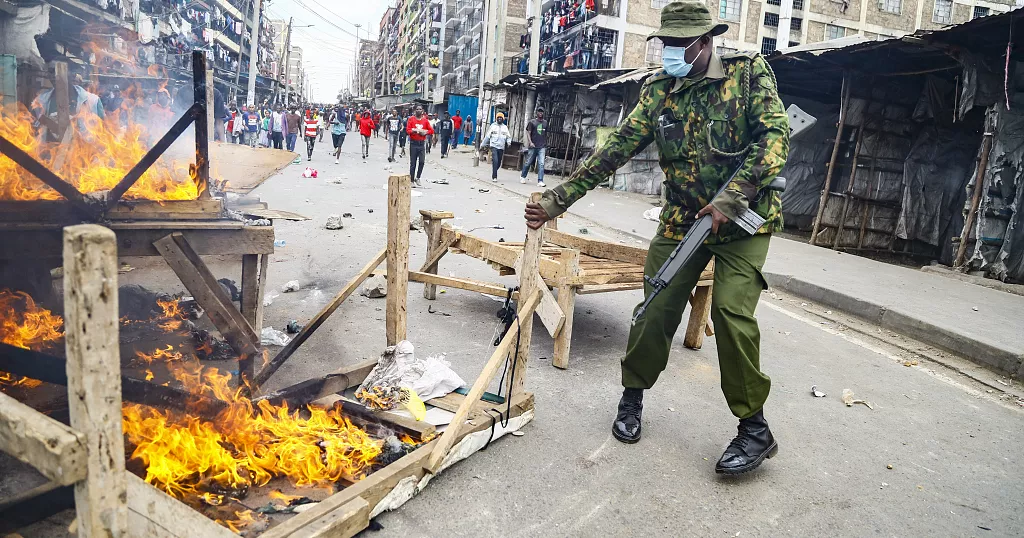Kenyans were prepared for the current wave of protests, which were planned by the opposition and took place on Wednesday, July 19.
During the widespread protests, President William Ruto’s administration was urged to cut living expenses. They also sought to compel the president to overturn a measure that increased taxes.
Some in Nairobi believed the demonstrations would have an impact: “The protests we are having on a weekly basis is going to bring a change because the advisors surrounding the president are not telling the truth,” said unemployed Fred Onzere.
Now, I believe that even if the president sat down in his home even late at night because he is so busy, he would be able to view the news and observe the suffering.
The protests, however, were unfavorable for business owners. Before the protests, several had closed their doors.
Some people are worried about the deaths and property damage.
According to the Kenya Private Sector Alliance, protests cost the economy an average of three billion shillings ($21.8 million) per day.
Raila Odinga, the head of the opposition, has organized a large rally for the third time this month.
“I really request that the demonstrations end. Businesswoman Monica Njoki requested that more time be given to the president so that he can keep his commitments.
“Unquestionably, people’s fear is impacting our industry—the matatu (buses, ed.) sector. Like today, they are inside because they are afraid and perceive instability, according to bus driver Amos Waro.
Religious leaders from the Christian and Muslim faiths have urged negotiations between the administration and the opposition to put a stop to the demonstrations.
President Ruto ran a campaign to lower prices, but he has come under fire for breaking his promise.
The nationwide demonstrations on Wednesday resulted in at least 12 injuries.









